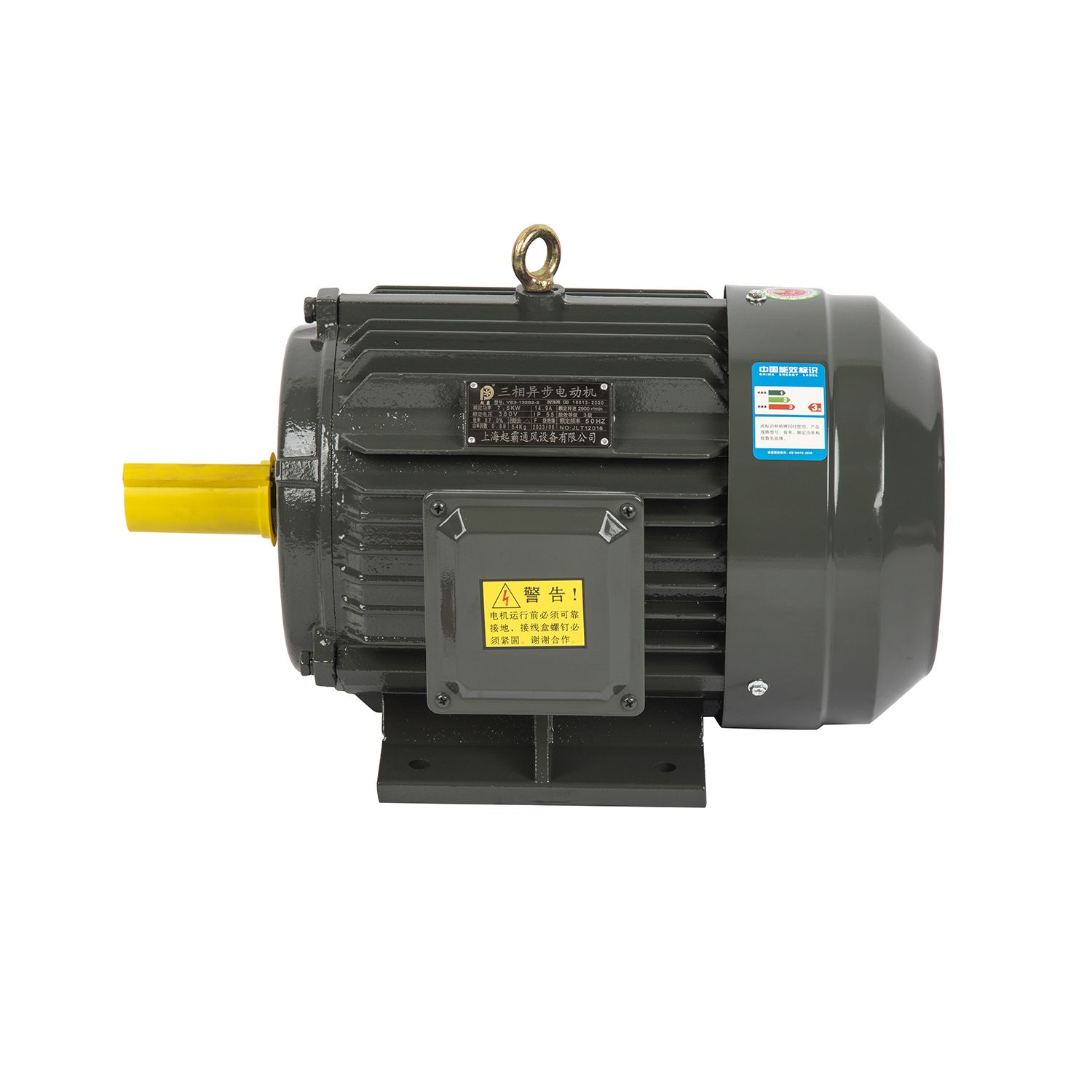Breaking China's Grip: The Rise Of Alternative Electric Motor Technologies

Table of Contents
The Current State of Electric Motor Manufacturing and China's Dominance
China's Market Share and Manufacturing Capabilities
China's dominance in the electric motor market stems from its control over the supply of rare earth magnets, crucial components in many electric motors. They possess a significant portion of the world's rare earth mineral reserves and have heavily invested in the manufacturing of these magnets and other key motor components. This vertical integration gives them a considerable competitive advantage.
Geopolitical Risks of Dependence on Chinese Technology
Relying solely on Chinese suppliers exposes manufacturers and nations to significant geopolitical risks. These include:
-
Trade wars: Disputes or sanctions could disrupt the supply of essential components, halting production and impacting various industries.
-
Intellectual property theft: Concerns exist regarding the potential for intellectual property theft, hindering innovation and giving China an unfair advantage.
-
Supply chain disruptions: Geopolitical instability, natural disasters, or pandemic-related issues in China could severely impact global electric motor production.
-
Specific examples: China dominates the production of neodymium magnets, vital for high-performance electric motors used in EVs and wind turbines. They also hold a large share of the market for motor controllers and other essential components.
-
Statistics illustrating market share: Estimates suggest China accounts for over 70% of global rare earth magnet production.
-
Discussion of potential geopolitical risks: The reliance on China has been cited as a major vulnerability in the global supply chain for electric vehicles and renewable energy technologies.
Exploring Promising Alternative Electric Motor Technologies
Axial Flux Motors
Axial flux motors offer a compelling alternative. Their design, with magnets arranged along the axis of rotation, allows for higher torque density and potentially reduced reliance on rare earth magnets due to their efficient design.
- Specific technical details and advantages: Higher power-to-weight ratio, improved efficiency, and potentially lower material costs.
- Companies or research institutions: Several companies, including some in the automotive sector, are actively developing and testing axial flux motor designs.
- Current limitations and challenges: Scaling production for mass markets and achieving cost parity with traditional motors remain significant hurdles.
Switched Reluctance Motors (SRMs)
Switched Reluctance Motors (SRMs) are robust and cost-effective alternatives. They eliminate the need for expensive rare-earth magnets, relying instead on the magnetic properties of the stator and rotor.
- Specific technical details and advantages: High efficiency at higher speeds, inherent fault tolerance, simpler construction, and reduced manufacturing costs.
- Companies or research institutions: Several companies are exploring and integrating SRMs into industrial applications and electric vehicles.
- Current limitations and challenges: Higher torque ripple and the need for advanced control systems are current limitations.
Permanent Magnet-less Motors
This category encompasses designs that entirely eliminate the need for permanent magnets, thus mitigating the reliance on rare earth minerals. These designs often leverage advanced materials and control techniques to achieve comparable performance to permanent magnet motors.
- Specific technical details and advantages: Complete independence from rare earth materials and potential for improved sustainability.
- Companies or research institutions: Research into this area is ongoing, with promising results from various university labs and research institutions.
- Current limitations and challenges: Achieving similar performance characteristics and cost competitiveness as traditional PM motors remains a significant challenge.
The Role of Innovation and Research in Breaking China's Grip
Government Initiatives and Funding
Governments worldwide are recognizing the strategic importance of diversifying electric motor production and are investing heavily in R&D of alternative technologies.
Private Sector Investments
Private companies are also investing significantly in research and development of these technologies, driven by the potential for increased market share and improved supply chain security.
Academic Research and Collaboration
Universities and research institutions play a crucial role in advancing alternative electric motor technologies through fundamental research and collaborative projects.
- Specific examples of government funding programs: The US Department of Energy and the European Union have allocated substantial funds for research into electric motor technologies.
- Examples of private companies: Several automotive manufacturers and industrial companies are actively investing in alternative motor technologies.
- Key research institutions and collaborations: MIT, Stanford University, and Fraunhofer Institutes are among the leading institutions contributing to this field.
Challenges and Opportunities for the Future of Alternative Electric Motor Technologies
Scaling Production and Manufacturing
Scaling up production to meet the growing global demand for electric motors is a major challenge for alternative technologies.
Cost Competitiveness
Reducing the cost of production to make alternative electric motors competitive with conventional designs is crucial for widespread adoption.
Integration and Standardization
Establishing industry standards for alternative motors and ensuring seamless integration into existing systems are essential for market success.
- Potential solutions to scaling production: Investment in automated manufacturing processes and strategic partnerships can accelerate production.
- Strategies for enhancing cost-competitiveness: Utilizing cheaper materials, optimizing designs, and improving manufacturing processes are key strategies.
- Discussions on standardization efforts: International collaborations are crucial to achieve widespread standardization and interoperability.
Conclusion
The development and adoption of alternative electric motor technologies are crucial for breaking China's grip on the global market. The exploration of axial flux motors, switched reluctance motors, and permanent magnet-less designs presents viable pathways to a more diverse and resilient electric motor industry. These technologies offer the potential for higher efficiency, reduced reliance on rare earth minerals, and enhanced supply chain security. Stay informed about the latest breakthroughs in this rapidly evolving field and support the initiatives that are paving the way for a more secure and sustainable future with innovative electric motor solutions and next-generation electric motors. Diversifying electric motor supply chains is vital for global economic stability and technological independence.

Featured Posts
-
 Verstappen And Piquet Welcome Daughter Lily A New Chapter In Motor Racing
May 04, 2025
Verstappen And Piquet Welcome Daughter Lily A New Chapter In Motor Racing
May 04, 2025 -
 Ufc Fight Night Des Moines Full Fight Card And Start Time
May 04, 2025
Ufc Fight Night Des Moines Full Fight Card And Start Time
May 04, 2025 -
 Sydney Sweeney And Jonathan Davino Why Their Split Is Reportedly So Difficult
May 04, 2025
Sydney Sweeney And Jonathan Davino Why Their Split Is Reportedly So Difficult
May 04, 2025 -
 The Mcus Future How Marvel Can Recapture Its Former Glory
May 04, 2025
The Mcus Future How Marvel Can Recapture Its Former Glory
May 04, 2025 -
 Sydney Sweeney And Jonathan Davino Wedding Called Off Amidst Reported Issues
May 04, 2025
Sydney Sweeney And Jonathan Davino Wedding Called Off Amidst Reported Issues
May 04, 2025
